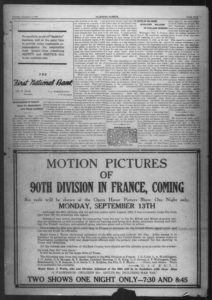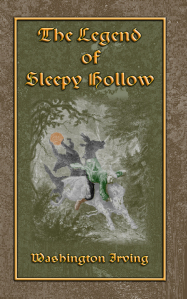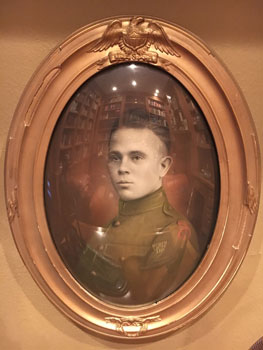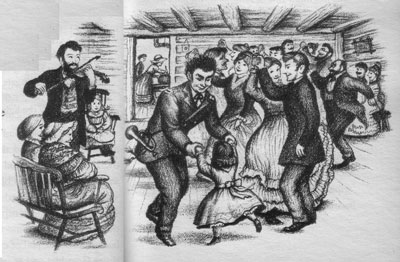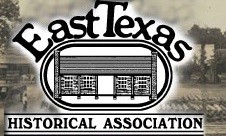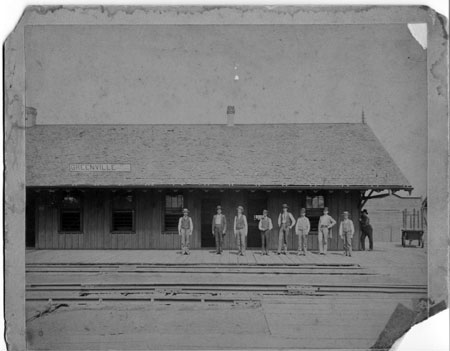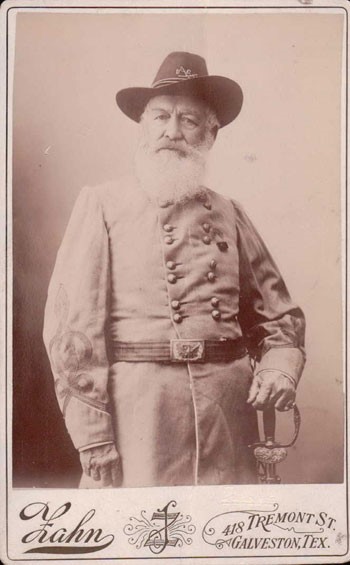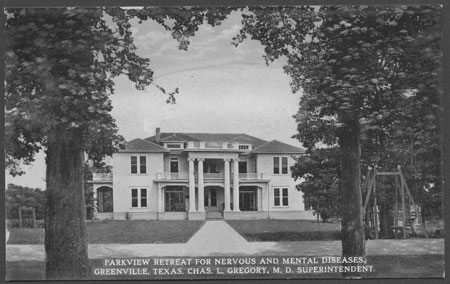
Parkview Retreat for Nervous and Mental Diseases occupied the original site of McBride’s Hospital for Mental Diseases in Greenville. Patients were treated with luxury and style. Some referred to a stay there similar to a European Spa.
Hardly a week passes that we don’t hear news of some tragic event at a religious sanctuary, or a school, or any place where public events take place. Mental health is a major crisis in the United States today. But guess what? It’s been around a long time. So, let’s look at attempts to deal with such issues from 1890 to 1920.
The two decades that spanned the 19th and 20th centuries were no worse and no violent than other time periods in the United States. Yet it was during this time period that the State of Texas took steps to care for patients with mental illness. The first state operated mental health hospital was built in Austin at the cost of $50,000. Known as Austin State Hospital it opened in 1861, only to close during the Civil War and Reconstruction.
In 1883 a state operated hospital opened in Terrell for residents of East Texas followed by a San Antonio hospital for the southwestern portion of the state in 1892. The state hospital for West Texas was opened in 1899 in Abilene. In 1919 the Rusk State Hospital. Male and female patients were accepted, although segregated by race in each hospital.
The procedure for admitting a patient to a state mental hospital was barbaric, to say the least. Records in Hunt County, circa 1905, for an unmarried white female in her forties is typical. The woman lived on a farm with her sister and brother-in-law and their children in a small house. The probate papers suggested that the brother-in-law was not pleased with the arrangement. The woman was obviously depressed, did not bathe or comb her hair, and stayed in a semi-isolated area of the house. The brother-in-law asked a friend to help him take the woman to Greenville to be sent to Terrell. They loaded her in the back of a wagon, secured her and came into town about dark. She was left with the sheriff who put her in a cell.
The next morning Hunt County Commissioners Court met for her hearing. The brother-in-law spoke but she was not called to speak or allowed a witness. The Court decided she needed to be at the hospital in Terrell. Again, the brother-in-law and friend put her in the wagon, secured her, and took her to the state mental hospital where she remained for almost five years. When released she did not return to her sister’s home.
Private mental hospitals were less traumatic but quite expensive. Dr. Albert S. McBride (1872-1932) opened McBride’s Hospital for Mental Diseases on Bee Street across from Graham Park where he was owner and attending physician. In a 1928 Greenville City Directory he advertised it as a treatment center for “Mental and Nervous Diseases, Drug and Alcoholic Addicts, Home for Aged and Infirm.” Dr. McBride was educated in Hunt County schools and attended Henry College in neighboring Campbell before he completed his medical training at the Kentucky School of Medicine in Louisville. He first practiced medicine in Oklahoma and then in his hometown of Lone Oak before establishing his practice in Greenville in 1911.
Note that Drug and Alcoholic Addicts were treated. At that time, it was not uncommon for upper class women to be addicted to laudanum, today known as morphine. A professor friend of mine told me that more women suffered from mental health issues and used laudanum. They were care givers to five to ten or more children, had extensive home making tasks with no assistance or modern equipment, and if they resided in a rural area, found other female friends few and far between. It was a lonely, exhausting existence for them.
By the 1930s, with a faltering economic situation, many private mental health facilities closed. While private care centers were more expensive, very little difference in treatment rates existed. Mental Health was not something one talked about.

